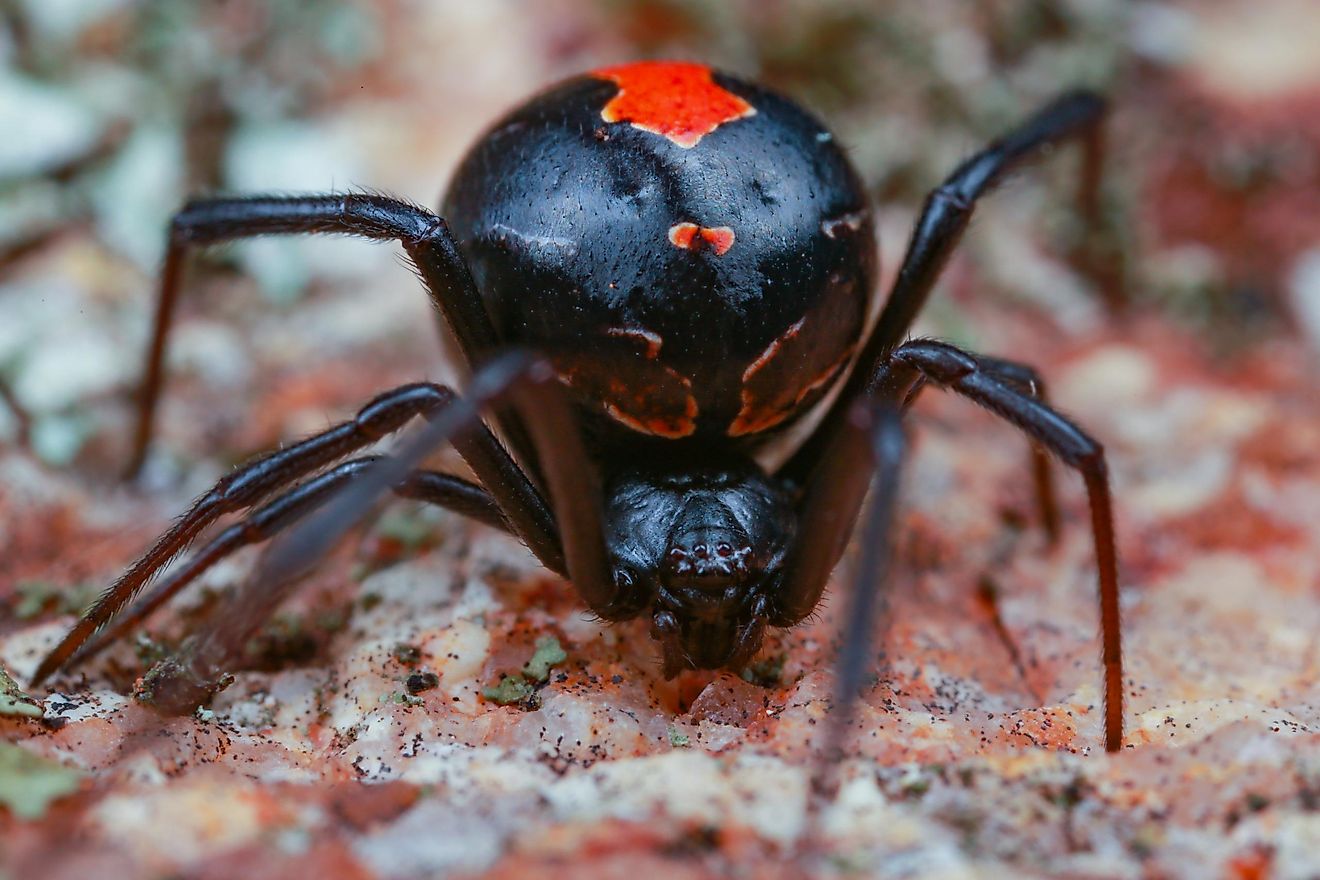
While they are not considered spiders of medical importance (more commonly known as poisonous), their bite can be painful. Yellow Sac Spiders (Cheiracanthium) commonly inhabit residential areas and can wind up on walls. The Hobo Spider in the Pacific Northwest would be the exception. Most funnel web spiders are not considered dangerous to humans. The eye arrangement gives them a forward looking appearance. Funnel web spider eyes are arranged in two narrow and relatively straight rows. Many species have extended spinnerets and this differentiates them from wolf spiders.Ī close up picture of the eyes also helps with identification. Looking at their tail end represents one general funnel web identification rule of thumb. Often called grass spiders, the funnel web spiders (Agelenidae) also occasionally wander into houses during cool weather. That’s another physical characteristic shared by members of the family.

Note how the first set of legs are the longest. Less well known is the fact that many cobweb spiders, including widow spiders, also find a home in the great outdoors.

Their bites are known to cause pain and discomfort for a small portion of the population, however for most people, their bite produces no side effects. With the legs extended, it measures approximately and inch and one-quarter in length. The picture shows a less common species, Steatoda Grossa. From a distance, the body often appears dark, like the black widow spider. The name false widow comes from the spider’s looks. Often the Steatoda species acquire the nickname false widow. The picture shows the triangulate cobweb spider (Steatoda triangulosa) probably the most wide ranging of the species and the most common cobweb spider found in homes and sheds across the United States. Their abdomens tend to be more rounded in shape. Initial identification of the cobweb spiders is rather straight forward. Of course the real problem with cobweb spiders boils down to a few species in one genera, widow spiders in the genus Latrodectus.Īpart from the widow spiders, which fortunately prefer outdoor settings near woodpiles in residential areas, the presence of cobweb spiders in the house presents little cause for concern. With close to two hundred and fifty species covering over thirty genera, there’s a good chance that a cobweb spider (family Theridiidae) makes its way into the average household. While cellar spiders might be considered an eyesore, they are harmless. The picture shows a close-up view of the cellar spider’s two body parts. However, their two body parts puts them in the spider category rather than the Opilione category of another daddy long legs species. Their long legs makes the nick-name daddy long legs appropriate. Houses with overgrown vegetation against the exterior also tend to attract greater numbers of spiders.Ĭonsidering all the types of spiders that live in residential areas, it’s a safe bet that all houses occasionally host at least one spider.Ĭellar Spiders rightly belong in the common house spiders category. Some areas such as the Southeast and Northwest tend to attract more spiders into homes because of the presence of larger native spider populations. Depending on geographic location, the presence of house spiders can also be meddlesome.


 0 kommentar(er)
0 kommentar(er)
